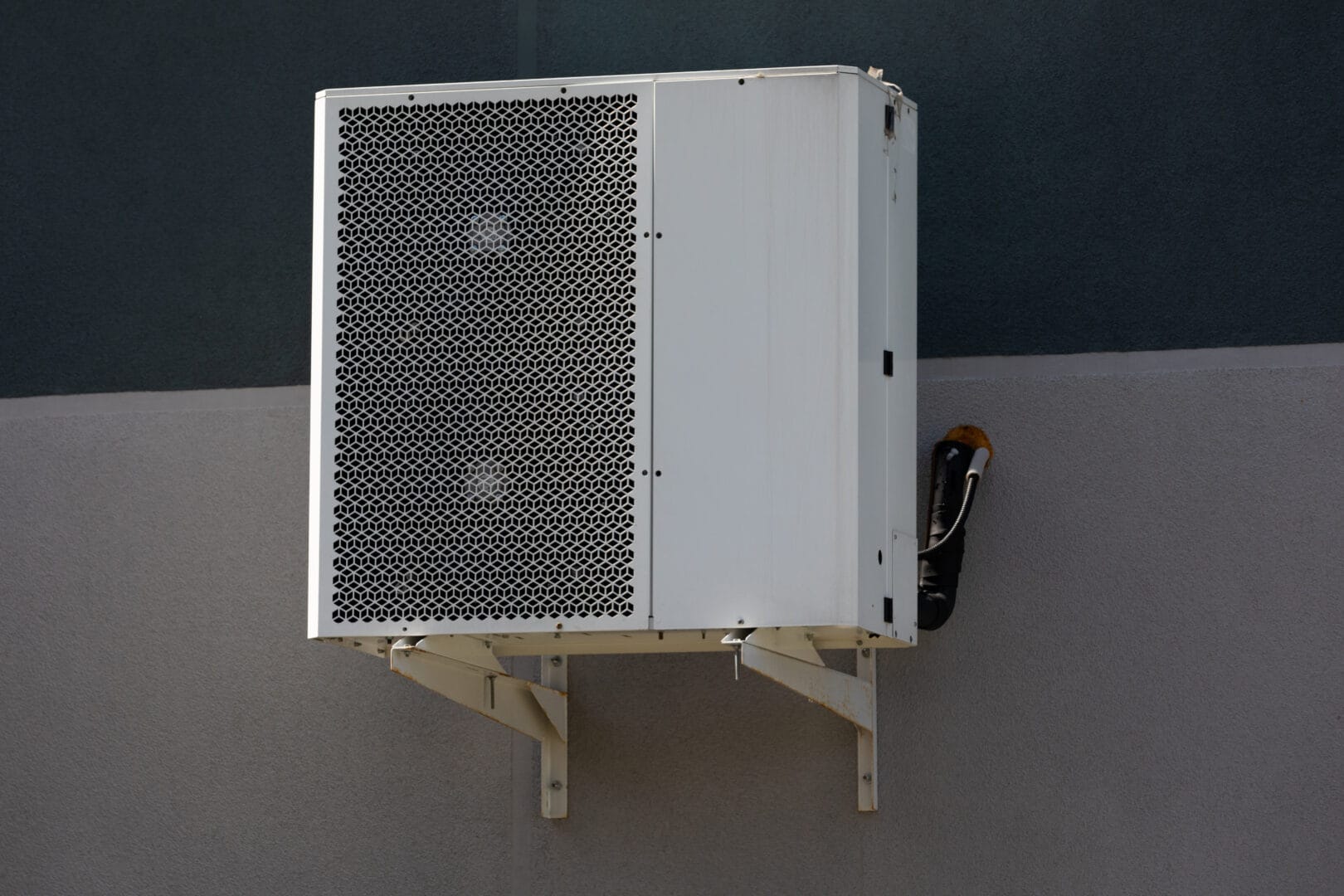Your home’s HVAC system is the silent workhorse that keeps you cool in the blistering summer heat and warm during the freezing winters. However, from time to time, situations may arise where the system seems to be slacking off, leaving you in the dreaded “room temperature” zone. What’s even more frustrating is the cost that comes with these malfunctions. But fear not, for many of these issues can be diagnosed and sometimes fixed with the right knowledge and tools.
This in-depth guide is designed to walk you through some of the most frequent issues homeowners face with their HVAC systems and provide you with troubleshooting techniques that could save you a service call. Whether you consider yourself a DIY pro or you’re just trying to maintain a comfortable living environment without breaking the bank, understanding how to handle these problems is a win-win.
The first step toward a well-functioning HVAC system is equipping yourself with the knowledge to handle common issues. It’s important to note that while the guide provided here gives you tools to diagnose and sometimes fix problems, HVAC systems are complex. Safety and the proper operation of your system should always be your top priorities. For complex issues, it’s best to call in a professional HVAC technician. Ready to be your home’s HVAC hero? Let’s get started.
Understanding the Importance of HVAC Maintenance
Before we jump into troubleshooting, it’s vital to understand why keeping your HVAC system in tip-top shape is so important. Regular maintenance of your heating, ventilation, and air conditioning unit not only ensures your maximum comfort but also helps to:
- Increase Energy Efficiency
- Prolong System Lifespan
- Maintain Indoor Air Quality
- Reduce the Likelihood of Emergency Repairs
An annual HVAC inspection and tune-up, typically performed before the onset of the heating or cooling seasons, can save you money by preventing minor issues from becoming major repairs. It’s akin to giving your car a regular service; routine maintenance can keep it running smoothly for much longer.
Common HVAC Problems You Need to Know
Irregular Heating and Cooling
Do you find that your home has hot or cold spots, even though the air should be evenly distributed? This could be caused by a variety of factors, including:
- Clogged Filters
- Blocked Vents
- Leaky Ducts
- Thermostat Malfunction
- Improperly Sized HVAC System
High Energy Bills
One of the most universal groan-inducing moments for homeowners is opening the monthly energy bill to find it significantly higher than expected. This phenomenon can be attributed to:
- Dirty or Clogged Filters
- Leaky Ducts
- Faulty Thermostat Settings
- Old or Inefficient HVAC Systems
- Incorrect Installation
Unusual Noises
If your HVAC system is making noises that are new or especially loud, it could be trying to tell you something. Some common culprits are:
- Rattling or Clanging: Loose Parts
- Screeching: Belt in Need of Lubrication or Replacement
- Hissing: Refrigerant Leak or Ductwork Leak
- Banging: Motor Mounts or Blower Wheels Out of Balance
Troubleshooting Your HVAC System
Understanding these pointers can give you a head start when trying to figure out what’s going wrong with your HVAC system. Remember, when in doubt, don’t hesitate to reach out to a professional.
Check Your Air Filters
Dirty or clogged air filters can reduce the airflow in your home and put a strain on your system. They are one of the most common causes of HVAC inefficiency. Check your filters and replace them every 1-3 months, depending on your system’s needs.
Ensure Vents and Registers Are Clear
Furniture, rugs, and drapes can inadvertently block the flow of air in your home. This often occurs without residents’ awareness. Keep these objects and areas clear of obstructions to allow for the proper air circulation.
Investigate Your Thermostat
Your thermostat is the command center of your HVAC system, and sometimes the issues are right there. Ensure it has power, is set to the right mode, and has working batteries. You might also want to check the schedule if you have a programmable thermostat.
Examine Your Ductwork
Leaky ducts can significantly reduce your system’s efficiency and comfort. Look for visible tears and holes in your ductwork and ensure that the connections are secure.
DIY Cleaning and Lubrication
Systems with visible components such as blower fans can benefit from a quick cleaning. Blower wheels free of dust and debris are less likely to cause an imbalance that can lead to noise and reduced airflow. Consult your system’s user manual for safe cleaning procedures.
When to Call in the Professionals
While it’s great to handle simple problems on your own, there are times when professional help is the only answer. If you encounter any of the following issues, it’s time to make that call:
- You’re uncomfortable or unsure about the task.
- You’re dealing with electrical or gas components.
- The problem is beyond the basics listed above.
Remember, DIY should only be attempted if you are confident in the safety and success of the operation.
Preventing Future HVAC Issues
A little prevention can go a long way when it comes to your HVAC system. Along with regular troubleshooting, there are additional steps you can take to keep your system running smoothly:
- Schedule Professional Inspections Annually
- Clean Around Your Outdoor Unit Regularly
- Seal and Insulate Ductwork
- Keep at Least 24 Inches of Space Clear Around Your Indoor Unit
- Invest in a Programmable Thermostat
A Final Tip for DIY Enthusiasts
For the home improvement warriors aiming to conquer HVAC issues, remember to be safe and educate yourself. While you can solve many problems, it’s just as important to know your limits. Knowledge is your best ally. Fortunately, there are ample resources available online, and the manuals for most systems are easily accessible. Happy maintaining, and may your HVAC always bring you warmth and comfort!





